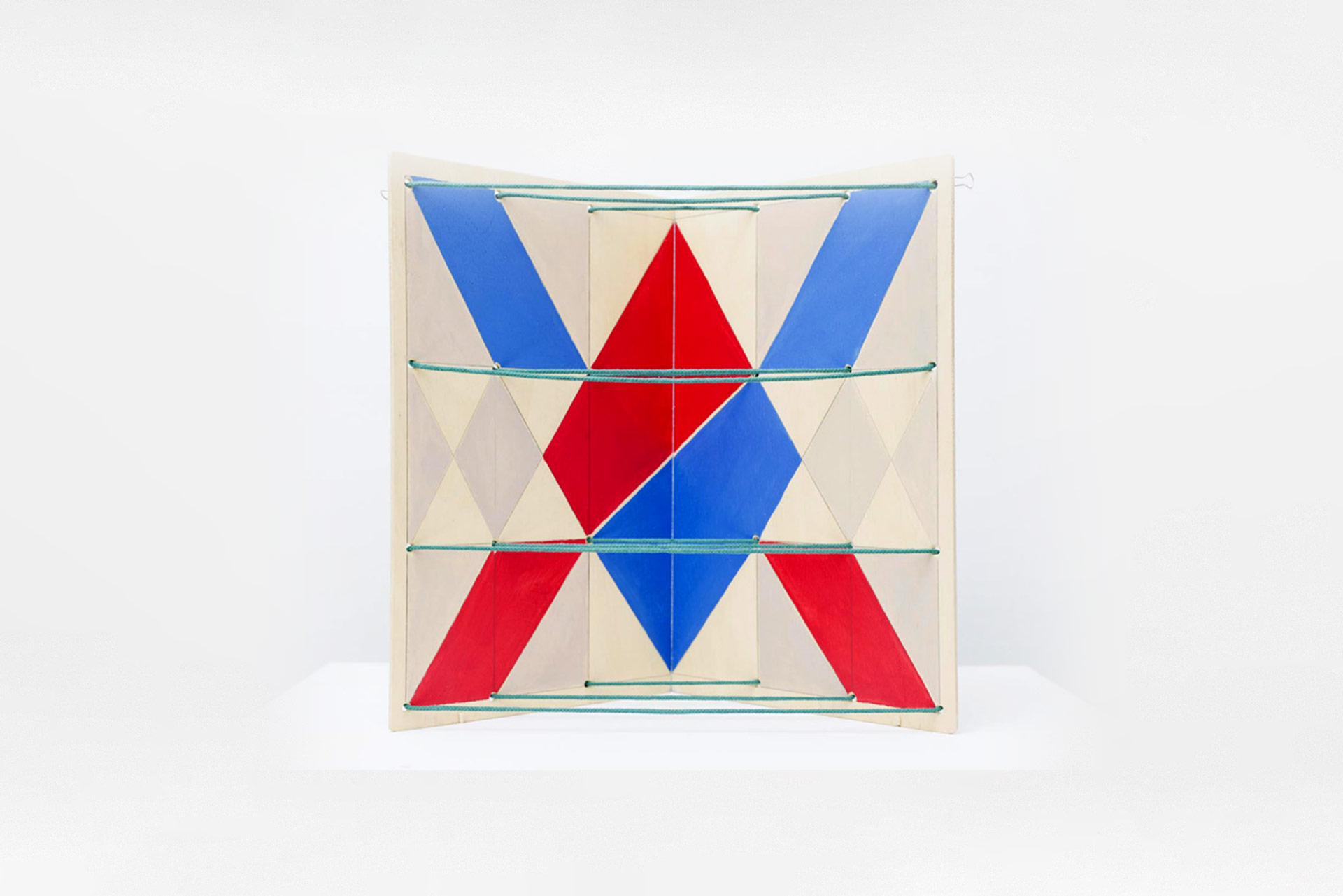The Story of the Colourful Ribbons, a series of artists’ books that consisted of 24 volumes in its first conception and was sent to different people and institutions all over the world, was an attempt to construct an artists’ books network of imaginary dimensions.
I made and exhibited its first volume at the suggestion of Márta Kovalovszky, who invited me to participate in an artists’ books exhibition at the King Stephen Museum, Székesfehérvár (Hungary), in 1987, and I built my first attempt the same year into a whole series of 24 books (in the footsteps of such a classical example as J. S. Bach’s “Wohltemperiertes Klavier”). I also edited a special “musical score volume” as the theoretical basis and documentation to this series and printed it in 200 copies. In this cover book I noted that each of the 24 original volumes was dedicated to “great authorities” of the international network or art scene in the 80s, that is to say, to an artist or institution I had good contacts with those days, but I also devoted some volumes to imaginary friends (to “the anonymous book collector,” or to “Saturday night jazz musicians,” etc.) as well as to such “classical representatives of polyphony and harmony” as Bach, Bartók, or Stravinsky. The first volume, a “rainbow book,” was dedicated – of course – to John Cage, the absolute maestro of transcendental synchronicity throughout time and space.
Many of the addressees received their Story of the Colourful Ribbons via mail, some other volumes with too fantastic dedications remain with me. One of the existing addressees, the G. & L. Silverman Collection, didn’t receive their copy because it was changing its address just then. This volume came back to me and I thought that this circumstance was an omen which I had to respect in all cases. I kept this volume in my archive for ten years, until I bumped into its “true” addressee, the Visual Studies Workshop in Rochester. It is another later change that the tenth volume found its way to Jiri Valoch, a visual poet living in Brno.
Clive Phillpot, who was the librarian and also the curator for samizdat-like publications of a Post-Fluxus collection at the Library of the Museum of Modern Art in the New York of the 80s, replied to the copy I sent him with a wonderful proposal. He wrote that he would like to collect all 24 volumes a new after ten years had passed and exhibit those – together with the story of their adventurous odysseys. This seemed a rather unrealistic undertaking to my mind because of the very different and reasonably irrational lifestyle of certain book owners. Not to mention the fact that Phillp also left New York in the meantime.
Now, after ten years have passed, I can say that this series of books had a totally different odyssey than I had ever imagined. Since the first series, starting in the last years of the 80s, I have made a number of books with wood-boards and colourful ribbons instead of paper – of course with different structures than that of the first 24. Besides these new works, a third series of books has been created, too, mostly in the form that had been one of the sources of the whole idea, with a string stretched between the fingers (I painted the hands onto the pages of these books). These and similar experiments gradually led me to a newer and more current form of combinative polyphony technique; to iterated mathematics and its significant visual appearance: to fractal images. I wrote hundreds of new L-system fractal codes between 1990 and 1995 – a polyphony of lines raised to the power of four, five or an even higher number.
I also attempted to spin these fractals using textile ribbons and I created some books with this method, too.
May 1997
Original text by Géza Perneczky, in: The Story of the Colorful Ribbons. 1987-1994, Soft Geometry , Cologne 2003, Page 4.






